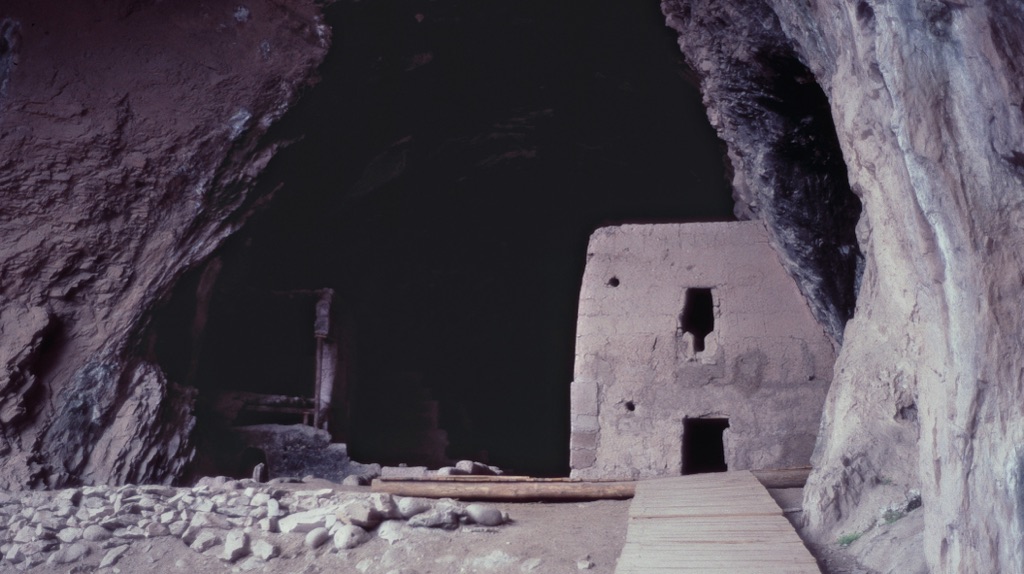The Archaeological Significance of Huápoca
Huápoca, an archaeological site of considerable importance, is situated 36 kilometers west of Ciudad Madera, within the Huápoca Canyon area in the northwest of Chihuahua, Mexico. This region is renowned for its rich archaeological heritage, featuring approximately 150 sites scattered across its cliffs, many of which are in various states of preservation. Despite some suffering from neglect and vandalism, these sites offer invaluable insights into the ancient cultures of the area.
Get your dose of History via Email
First Regional Investigations
The first recorded explorations of the Madera region’s caves were conducted by Norwegian explorer Darl Lumbholtz in 1898, uncovering several significant sites including Cueva del Garabato, now known as Cuarenta Casas. Subsequent investigations by various anthropologists and archaeologists throughout the 20th century, although brief, have contributed to our understanding of these sites, yet much remains to be systematically studied and documented.
Madera Zone and Its Archaeological Sites
The Madera region, historically significant for its sawmill operations, is surrounded by ancient caves that served as dwellings for the Paquimé culture. Among the most notable sites are Cueva Grande, La Ranchería, Cueva del Puente, Cuarenta Casas, and Cueva de la Momia, each offering unique insights into the architectural and cultural practices of their inhabitants.
Cueva Grande, for instance, is a large cave housing two double-story houses and a round grain storage area, showcasing the native construction techniques of its time. Similarly, La Ranchería, a residential complex larger than Cuarenta Casas, features double-deck rooms and granaries, indicating a well-established community.
New Discoveries and Cultural Background
Recent explorations have unveiled more sites, such as Cueva de los Fierros and Cueva de la Puerta, further enriching our understanding of the ancient communities that inhabited these regions. These discoveries underscore the architectural ingenuity and the cultural practices of the Paquimé culture, particularly their agricultural activities and community living arrangements.
The cultural backdrop of Huápoca is deeply intertwined with the Mogollon, Anasazi, and Hohokam cultures, collectively known as Oasisamerica. The evidence found in these sites suggests a transition from nomadic hunter-gatherers to sedentary agricultural societies, marking a significant evolution in the region’s prehistoric human occupation.
The Site and Its Implications
The Huápoca caves, including the “Serpiente” and Nido de Aguila caves, stand as a testament to the architectural prowess and the cultural sophistication of the ancient inhabitants. These sites, with their well-preserved structures and strategic locations, offer a window into the lives of the people who once thrived in the challenging landscapes of the Sierra Madre Occidental.
The archaeological significance of Huápoca extends beyond its immediate region, contributing to our broader understanding of pre-Columbian cultures in North America. The ongoing study and preservation of these sites are crucial for unraveling the complex tapestry of human history in this part of the world.
Sources:

